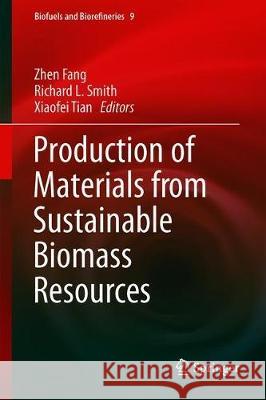Production of Materials from Sustainable Biomass Resources » książka
topmenu
Production of Materials from Sustainable Biomass Resources
ISBN-13: 9789811337673 / Angielski / Twarda / 2019 / 401 str.
Kategorie BISAC:
Wydawca:
Springer
Seria wydawnicza:
Język:
Angielski
ISBN-13:
9789811337673
Rok wydania:
2019
Wydanie:
2019
Ilość stron:
401
Waga:
0.76 kg
Wymiary:
23.39 x 15.6 x 2.39
Oprawa:
Twarda
Wolumenów:
01
Dodatkowe informacje:
Wydanie ilustrowane











